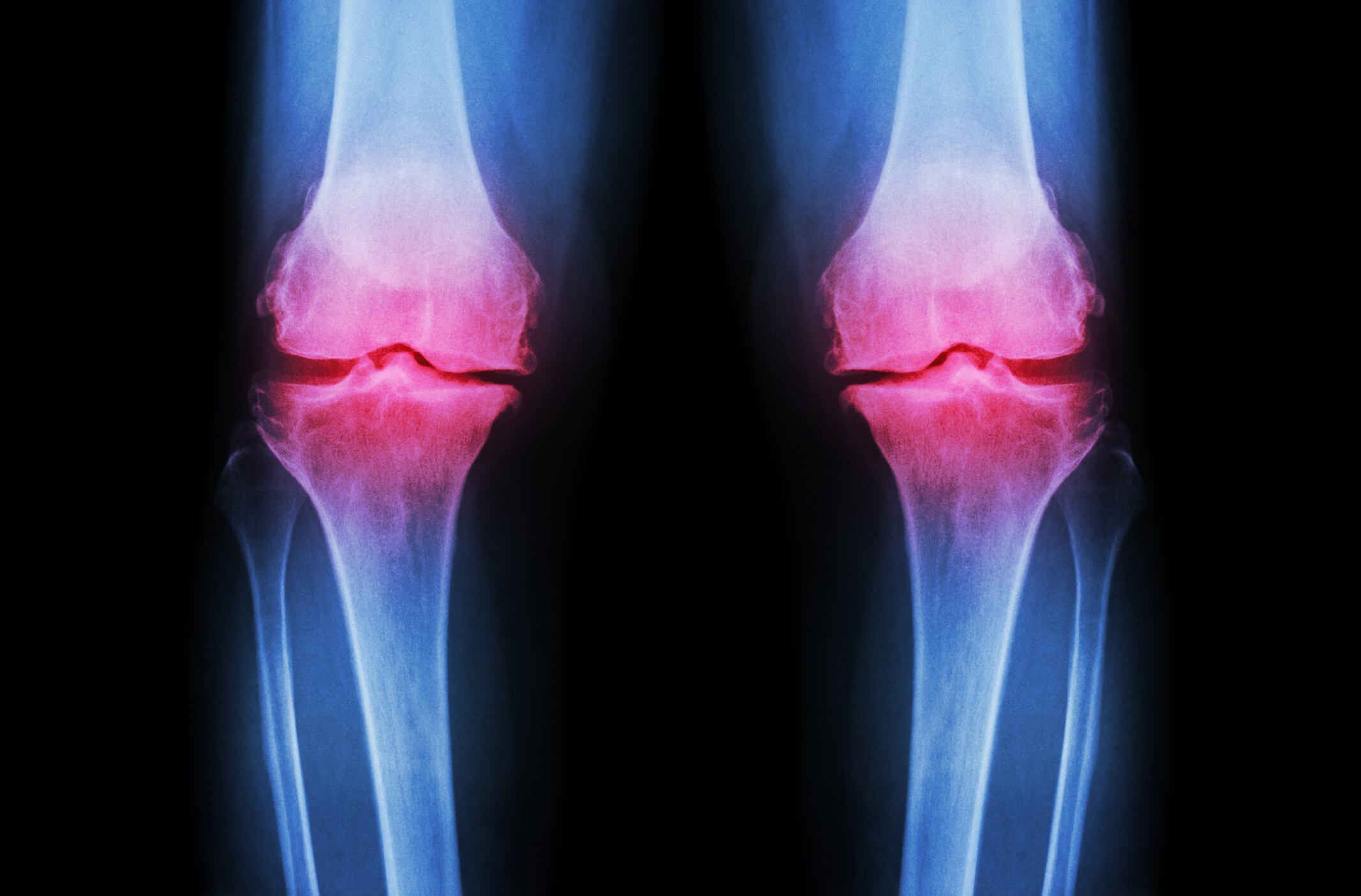A mixture of polyphenols, omega-3 fatty acids, vitamin E and selenium was administered to 10 astronauts to assess mitigating effects on bone loss as a result of spaceflight.
Researchers had hoped to prove the case for antioxidant supplements to reduce or prevent bone degradation, given the inadequacy of current medication and resource heavy and time-consuming exercise countermeasures.
Previous research with the same formula used bone biochemical markers to determine results and did not reflect the “direct effects” on bone tissue, the authors say.
“The antioxidative and anti-inflammatory actions of antioxidants support bone metabolism, affect bone cell receptors and suppress or activate bone signal transduction pathways,” they explain in Nutrition Bulletin.
“BMC, BMD and bone structure parameters might provide an integrated view of the bone and extend the understanding of changes in bone quality during bed rest.”
Contradictory evidence
There is contradictory evidence on the benefits of polyphenol-rich food or supplements for areal BMD (aBMD) and few studies have assessed outcomes for volumetric BMD (vBMD), the authors assert.
While increased trabecular and cortical vBMD were found at the distal tibia and midshaft femur, respectively, in post-menopausal women taking isoflavonoid supplements taking part in a 2011 trial, none was observed in obese men following a similar protocol.
“There are several reasons that might explain the differences between the outcomes of nutritional intervention studies on humans, including differences in the applied intervention protocols, the supplements and/or diets,” they say.
“Different kinds of antioxidants have been studied, and the doses differ (from several mg to 1 g for polyphenols), also the bioavailability of the nutrient and antioxidant supply differs in the habitual and/or study diet.”
In addition, subjects with low concentrations of circulating antioxidants tend to respond better to “enrichment” of antioxidative foods in their diet than subjects with high concentrations of circulating antioxidants at the outset.
Study design
Twenty healthy male volunteers were randomised to the intervention (Aox) or control group. Participants completed medical and psychological screening for pre-existing conditions and met eligibility criteria relating to age, weight, body mass index (BMI), and physical fitness.
The 10 Aox subjects administered 741mg polyphenols, 2.1g omega-3, 168mg vitamin E and 80ug selenium daily for 14 days, followed by HDBR for 60 days and a 14-day recovery period. The 10 controls received no supplement.
To reduce the impact of energy intake on bone structure, each subject's diet (energy and nutrient intake) was individually tailored, based on the participant's basal metabolic rate and activity.
Whole-body, lumbar spine and femur BMD and BMC, as well as BMD of the cortical and trabecular compartments of the distal radius and tibia were measured, along with cortical and trabecular thickness during BDC, HDBR and recovery. Data was analysed using linear mixed models.
Minimal effect
Results for whole-body, lumbar spine and femur aBMD and BMC, vBMD of the cortical and trabecular compartments of the distal radius and tibia, and radial and tibial cortical and trabecular thickness showed no affect from the Aox-cocktail, although the authors note a “minimal effect” on oxidative stress and inflammation parameters.
The radius average of BMD, cortical BMD and thickness decreased during HDBR, while radial trabecular thickness increased significantly, only to decrease in recovery.
“This confirms our previous conclusion that supplementation of antioxidants in addition to an already well-balanced diet may not further improve BMD,” they assert.
The authors conclude that findings “do not support a recommendation for antioxidant supplementation for astronauts”, although they may be beneficial to reduce the risk of bone loss-related disease in the elderly.
In conclusion, they suggest recommendations for astronauts continue to focus on food sources to fulfil nutritional requirements “to protect and maintain human health in off-planet explorations”.
Source: Nutrition Bulletin
Published online, April 12, 2023: http://doi.org/10.1111/nbu.12619
‘Effects of antioxidant supplementation on bone mineral density, bone mineral content and bone structure in healthy men during 60 days of 6° head-down tilt bed rest: Results from a randomised controlled trial’
Authors: Katharina Austermann, Natalie Baecker, Sara R. Zwart, Rolf Fimmers, Peter Stehle, Scott M. Smith, Martina Heer

